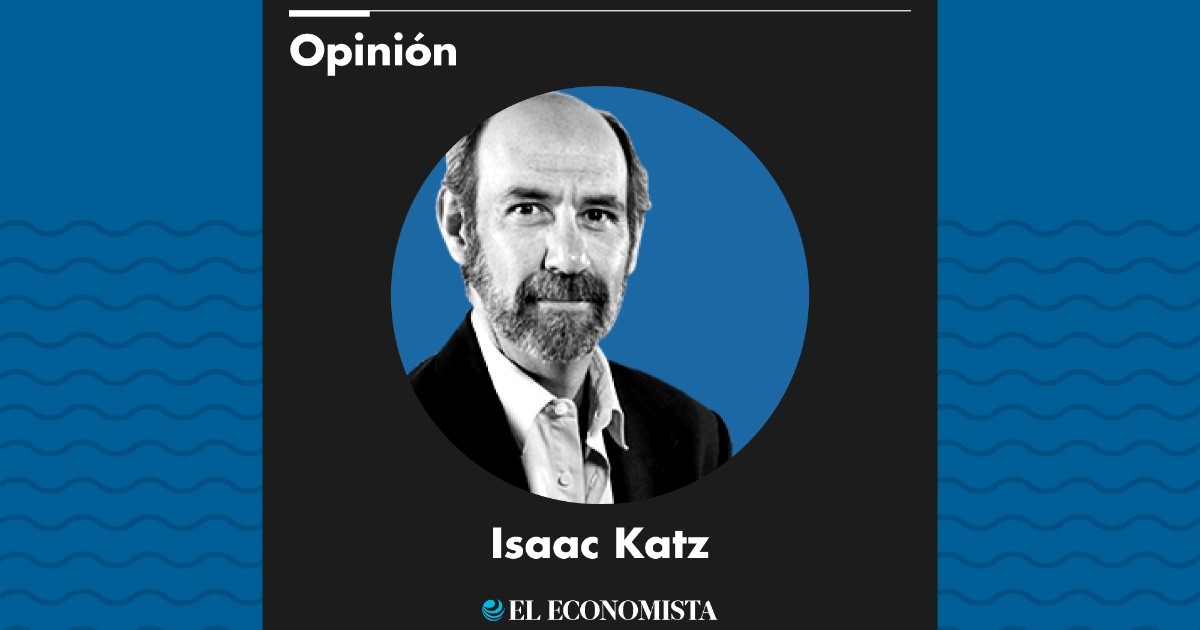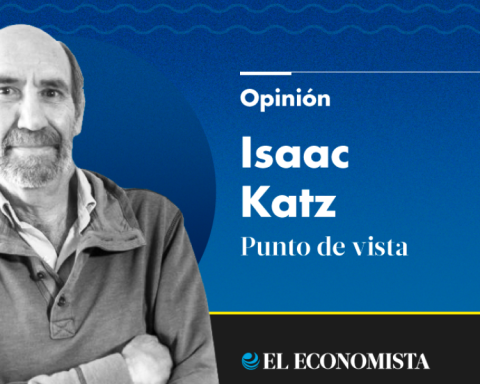In last week’s article I pointed out that as a result of, among other factors, women’s higher level of schooling, as well as their greater participation in the labor market, the opportunity cost of having children has increased, which has translated in a lower fertility rate. Thus, while in 1960 it was 6.77, by 2020 it had already fallen to 2.10 and last year it was reduced to 2.08.
This lower fertility rate has been reflected in a significant drop in the number of births per year. Thus, from the maximum number recorded in 1992 with 2 million 418,569 births, these have fallen in each subsequent year. It should be noted that between 2010 and 2021 the number of births fell by 30%, so that by 2021 there were only 1,171,953.
The lower fertility and birth rate reflected in this significant drop in the number of births together with the lower mortality rate and longer life expectancy (despite the four-year drop between 2019 and 2021 as a result of the destruction of the health system and, to a lesser degree, the pandemic) have resulted in a gradual and irreversible aging of the Mexican population. Thus, it is projected that by the year 2050 people up to 15 years of age will be 15% of the total population while those over 65 will represent 40 percent.
From this demographic dynamic I highlight here two implications. The first is related to the national educational system. The lower fertility and birth rates imply a change in the structure of the demand for educational services, gradually reducing the demand in the first school years and increasing in the more advanced levels. This implies that educational authorities have to be aware that it is necessary to start a process of training teachers now so that they can be able to teach at the most advanced levels. The carelessness and negligence of this government regarding the national educational system make this, for now, an impossible mission to accomplish. The cost of not doing so will be a reduction in the already very low quality of the educational service and the cost of the future growth process of the economy, which would make it difficult to reduce the incidence of poverty.
The second implication is that the conjunction of both phenomena of this population dynamics has resulted in the labor dependency index falling over the last two decades. The reduction of this index, which is measured as the ratio of the sum of the population up to 15 years of age and those over 65 as a percentage of the number of individuals between these two limits, that is, over 15 and under 65, is what is known as the “demographic window of opportunity” and that implies that there have been more and more people of working age “maintaining” children and young people of school age and those who are retired.
The low level and quality of the human capital of the population (the average schooling in 2021 was 9.84 years for men and 9.64 years for women with only two states, Mexico City and Nuevo León, with an average schooling slightly higher than the 12 years equivalent to upper secondary education) and the very low average rate of economic growth of GDP per inhabitant so far this century, which was further reduced with the economic policy disaster of the last four years, has translated into the fact that in Mexico a large part of that demographic window of opportunity was wasted, which will end within the next five years, which is when the dependency index begins to increase.
For this reason, it is imperative that economic growth be stimulated from now on by reducing all those barriers that inhibit it. It is crucial to promote investment, national and foreign, strengthening the rule of law and guaranteeing the legal certainty demanded by investors. Not doing so will condemn Mexico to being a country of old poor and then the curtain of the changarro can be lowered and a sign can be hung Say: “This country failed in the process of economic development. Sorry for any inconvenience this may cause you.”
Twitter: @econoclasta
















